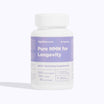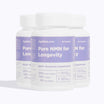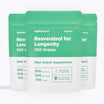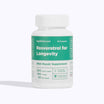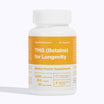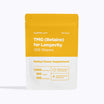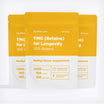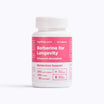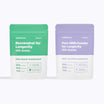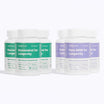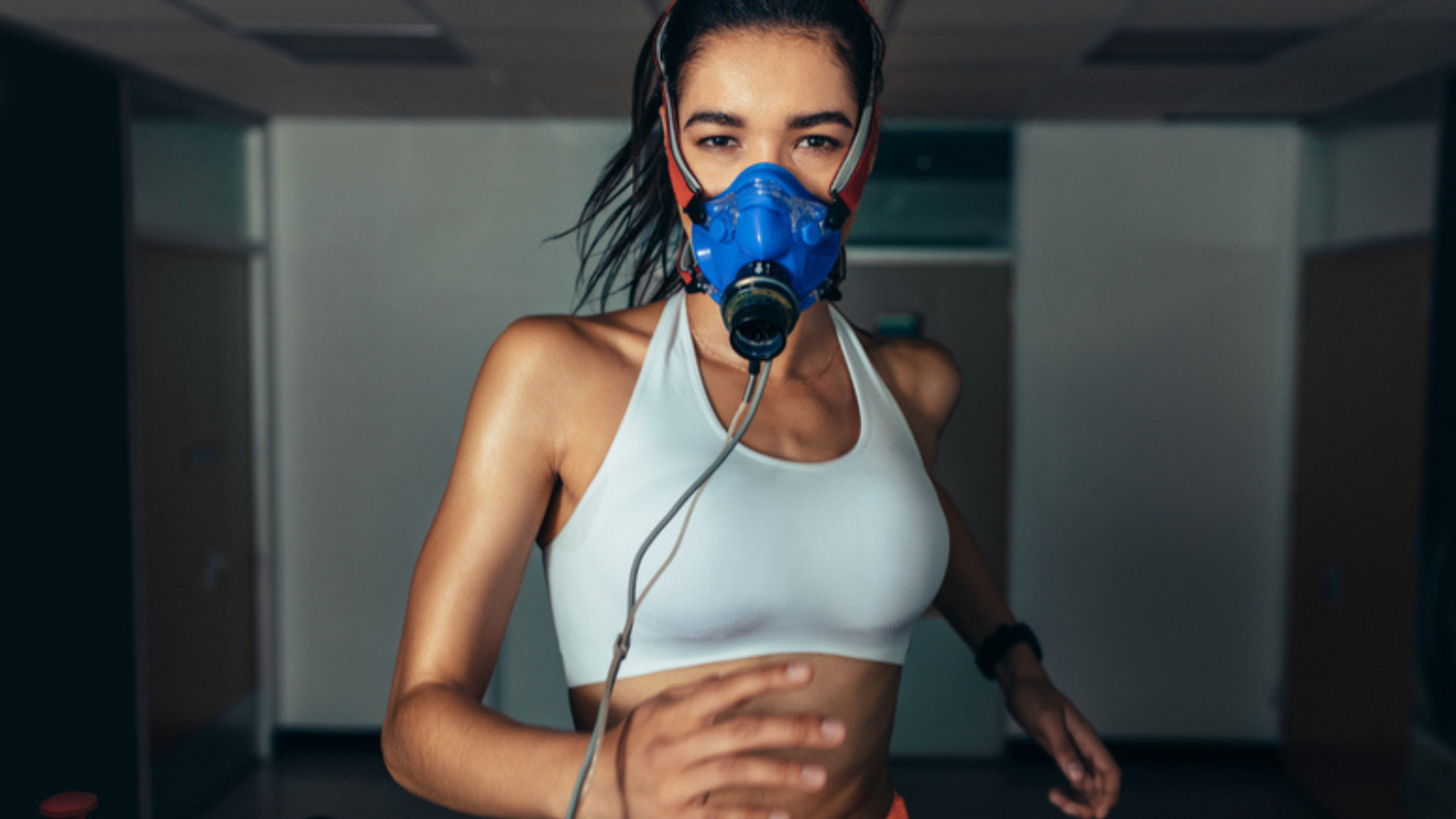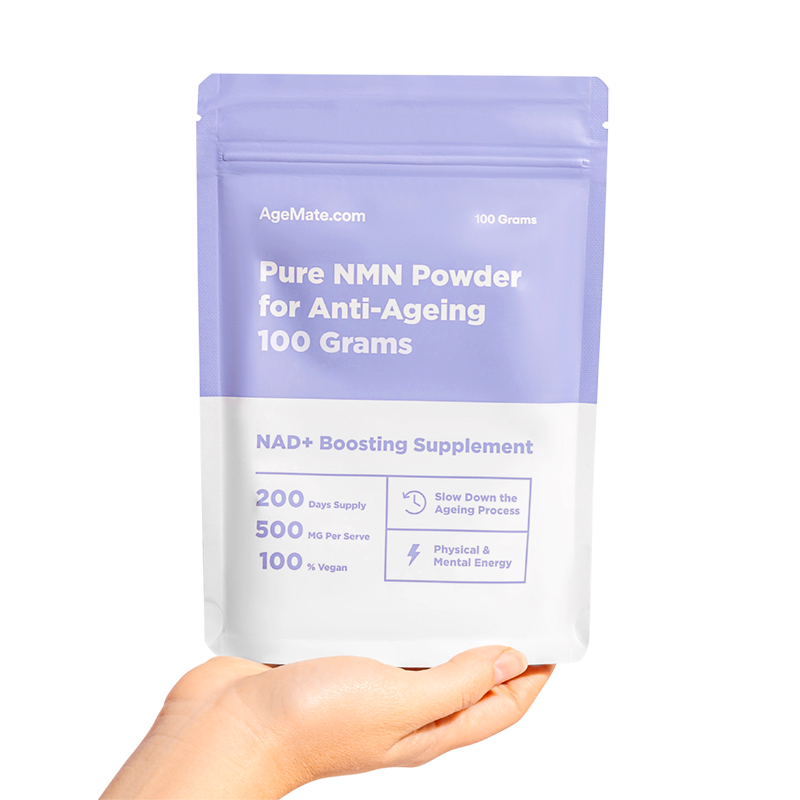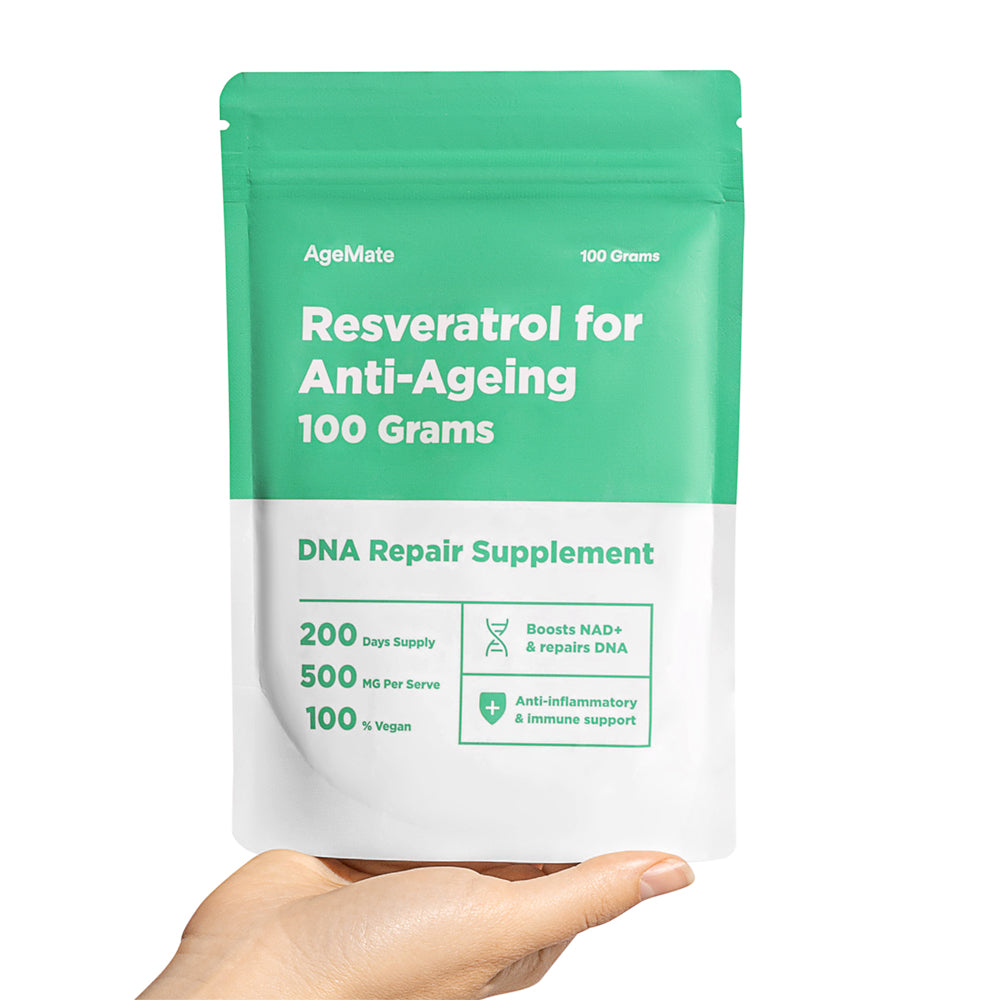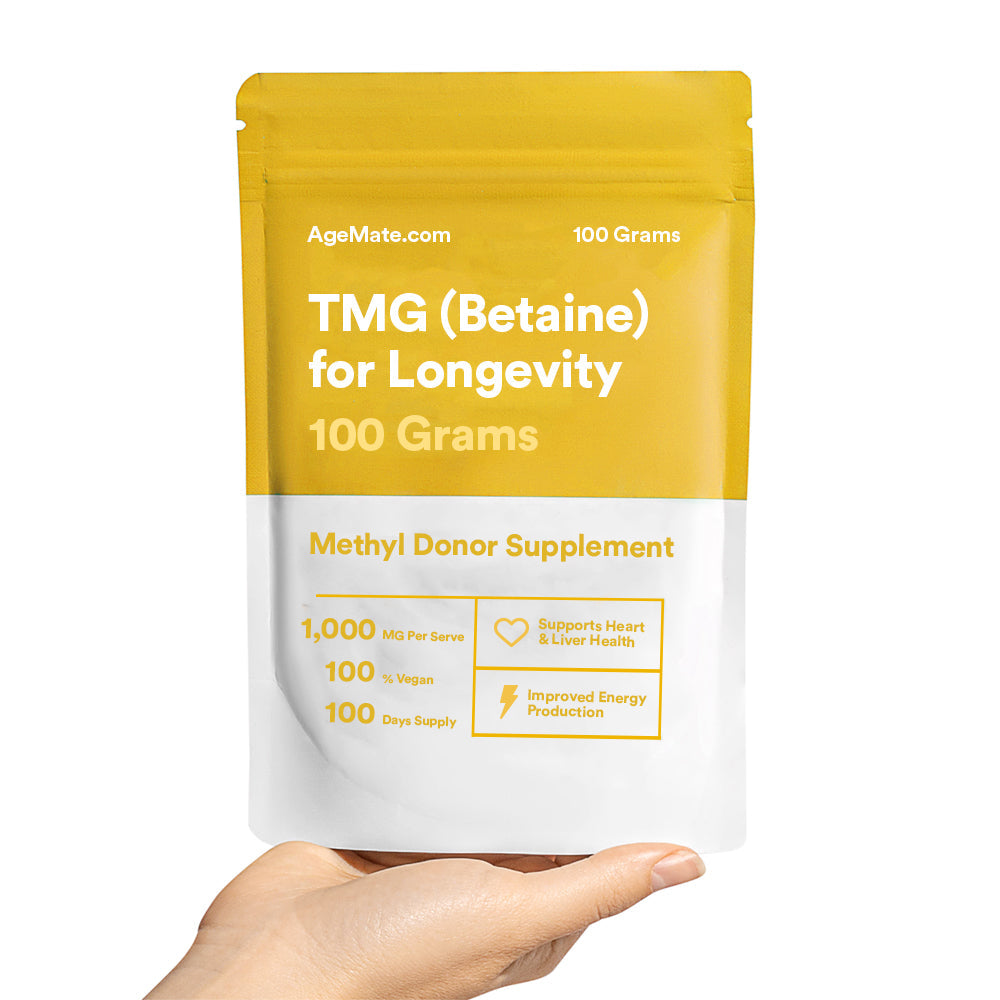VO2 Max, a critical measure of cardiovascular fitness, represents the pinnacle of an individual's aerobic capacity. An intriguing fact about VO2 Max is that it can increase up to 20% with consistent training, even in already fit individuals. Are you ready to take your fitness to new heights?
What Exactly Is VO2 Max?
VO2 Max, or maximal oxygen uptake, is the maximum rate at which your body can consume oxygen during intense exercise. It's a measure of aerobic fitness and an indicator of your cardiovascular capacity. Essentially, VO2 Max quantifies how well your body can use oxygen to produce energy during exercise.
Should You Aim to Boost Your VO2 Max?
Improving your VO2 Max can benefit athletes or those looking to enhance their endurance and overall fitness. Increasing this metric can make physical activities easier and improve endurance.
Advantages of Elevating Your VO2 Max
Increasing your VO2 Max has several health and performance benefits. It can improve endurance as your body becomes more efficient at utilising oxygen. This efficiency can help you perform everyday activities and strenuous exercises with less fatigue.
Furthermore, a higher VO2 Max is associated with a reduced risk of chronic diseases, such as heart disease, and can contribute to a longer life expectancy. Here are some key benefits identified by recent research:
Improved Cardiovascular Health
Higher VO2 max levels are associated with better cardiovascular health. Training focusing on increasing VO2 max can improve heart function, reduce blood pressure, and decrease the risk of cardiovascular diseases (R).
Lower Risk of Chronic Diseases
People with higher VO2 max levels have a lower risk of developing chronic diseases such as type 2 diabetes, obesity, and high blood pressure. This is partly because a higher VO2 max is associated with improved insulin sensitivity and a healthier lipid profile (R).
Increased Metabolic Efficiency
High-intensity interval training (HIIT) effectively increases VO2 max and enhances metabolic efficiency. This means better management of energy resources during physical activity and at rest, leading to improved endurance and performance (R).
Enhanced Respiratory Function
Enhancing VO2 max can lead to improved respiratory function, which is particularly beneficial in reducing the ventilatory demand during exercise and increasing the efficiency of the respiratory system (R).
Lowered Body Fat and Improved Weight Management
Programs aimed at improving VO2 max can also significantly reduce body fat percentage. This is due to the high caloric expenditure associated with the intense exercise used to elevate VO2 max levels (R).
These benefits showcase how critical improving VO2 max can be for overall health beyond just enhancing athletic performance.

Effective Strategies to Enhance Your VO2 Max
Enhancing your VO2 Max requires a multifaceted approach. Combine High-Intensity Interval Training (HIIT) with continuous aerobic exercises like running or swimming and incorporate strength training circuits. This combination boosts oxygen utilisation, improves cardiovascular function, and enhances muscle efficiency.
Let's dive deeper into these strategies to understand how they contribute to higher VO2 Max levels.
Incorporate High-Intensity Interval Training (HIIT)
High-intensity interval Training (HIIT) is one of the most effective methods for boosting your VO2 Max. This training involves short bursts of intense exercise followed by a period of rest or lower-intensity exercise.
HIIT pushes your body to use oxygen more efficiently and can significantly improve aerobic capacity (R). Depending on your fitness level aim to complete 1 to 3, 30 minute sessions a week.
Engage in Continuous Aerobic Training
Consistent aerobic exercise such as running, cycling, or swimming steadily can also help enhance your VO2 Max. These activities improve your heart's capacity to pump blood and increase your muscles' ability to utilise oxygen, contributing to higher VO2 Max levels (R). Aim for 2-3 sessions per week. Sessions should typically last 30-45 minutes.
Add Strength Training to Your Routine
Strength training, particularly circuit training involving multiple muscle groups, can increase VO2 Max by enhancing overall muscle efficiency and cardiovascular health (R). Aim for at least 3-5 sessions per week, lasting between 30 - 60 minutes.
How to Determine Your VO2 Max
VO2 max is measured as the amount of oxygen consumed per minute, per kilogram of body weight, and is expressed in milliliters (mL/kg/min). Estimating your VO2 Max can be done through several methods.
The most accurate measurements occur in a lab setting using specialised equipment to monitor your oxygen intake while you perform increasing intensities of exercise. However, many smartwatches and fitness trackers now offer estimations of VO2 Max based on heart rate data collected during workouts.

Interpreting Your VO2 Max Score
Once you have your VO2 Max figure, understanding it in the context of your fitness goals is crucial. Generally, a higher VO2 Max indicates better aerobic fitness.
Scores are typically categorised by age and gender, with athletes and younger individuals usually having higher values. Comparing your scores to these benchmarks can provide insights into your cardiovascular health and fitness level.
Here are general classifications for VO2 max levels, along with typical measurement ranges. These ranges can vary based on age, sex, and fitness level:
Excellent:
- Men: Above 60 mL/kg/min
- Women: Above 50 mL/kg/min
Very Good:
- Men: 52-60 mL/kg/min
- Women: 43-50 mL/kg/min
Good:
- Men: 44-51 mL/kg/min
- Women: 36-42 mL/kg/min
Fair:
- Men: 36-43 mL/kg/min
- Women: 29-35 mL/kg/min
Poor:
- Men: Below 35 mL/kg/min
- Women: Below 28 mL/kg/min
These values provide a broad guideline, but specific evaluations may also consider additional factors like individual health status and exercise habits.
Enhancing VO2 Max Through Targeted Training
Progressive Overload
To increase your VO2 Max through training, progressively overload your cardiovascular system. This means gradually increasing the intensity or duration of your workouts to challenge your body and improve your aerobic capacity.
Consistency is Key
Regular training is essential for improving VO2 Max. Aim for at least 3-5 sessions per week, mixing high-intensity workouts and longer, moderate sessions to optimise your aerobic fitness improvements.
Recovery and Nutrition
To support VO2 Max improvements, consume a balanced diet rich in carbohydrates like brown rice and fruits for energy, proteins like chicken and legumes for muscle repair, and healthy fats such as avocado and nuts for sustained energy and recovery.
Ensure adequate intake of vitamins and minerals like iron, calcium, and magnesium to enhance oxygen transport and muscle function. Stay hydrated with water and electrolytes, and time meals around workouts to maximise energy and recovery.
Conclusion
Increasing your VO2 Max is a worthwhile goal if you're looking to enhance your physical fitness and make everyday activities easier. You can improve your aerobic capacity and overall health by incorporating various training methods and ensuring proper recovery and nutrition.
Whether a competitive athlete or a fitness enthusiast, elevating your VO2 Max can provide lasting benefits and help you reach your performance peaks.
Interested in learning more? Discover how much exercise is needed to age better →




